One could spend a lot of hours investigating Mini Moke history: between 1964 and 1993 it was built in six countries and it spawned multiple offshoots.
Kit cars, replicas and relaunches: the Moke has seen a few. And it hasn't finished.
"We spend quite a lot of time and money defending this sort of thing," explains Moke International's new executive chairman, Nick English, while a new electric Moke waits for me outside.
In May last year, Moke international - the maker of the car you see on these pages - and Moke America LL.G, which makes something that looks (and indeed is) quite similar, came together, again, in a US court of appeal.
While they vehemently disagreed with each other on many things, predominantly who should own the Moke marque and who used it first, they did both feel that, in an earlier hearing, a judge was wrong to say that the Moke was like aspirin or hovercraft, a trademark that had entered generic use. Moke should not, they said, be a definition like a beach buggy.
And so it goes on. But while you could spend a lot of time on it, today is a sunny day and life's too short.

To recap, then: BMC's Alec Issigonis, designer of the Mini, created the original Moke, using Mini mechanicals, to obtain some more volume for the parts and hoped to pinch Land Rover sales.
BMC pitched the Moke to the army as a car that could be thrown from an aeroplane. The army liked that idea but didn't think so much to soldiers having to carry it over rough ground owing to its poor ground clearance and two-wheel drive, so it continued buying Land Rovers.
The American military wasn't much more impressed, either, when it was shown a four wheel-drive prototype with two engines, deciding that the ground clearance was still poor and that two engines sounded complicated. It carried on buying Jeeps.

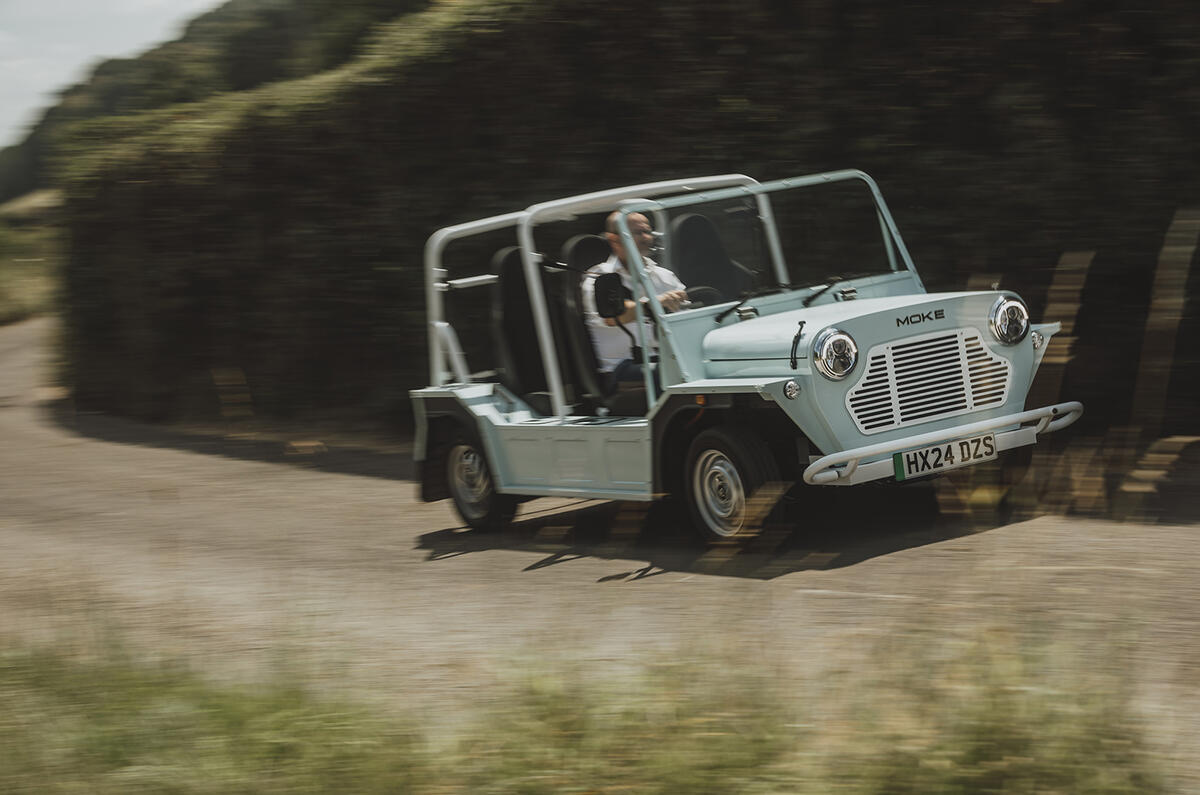

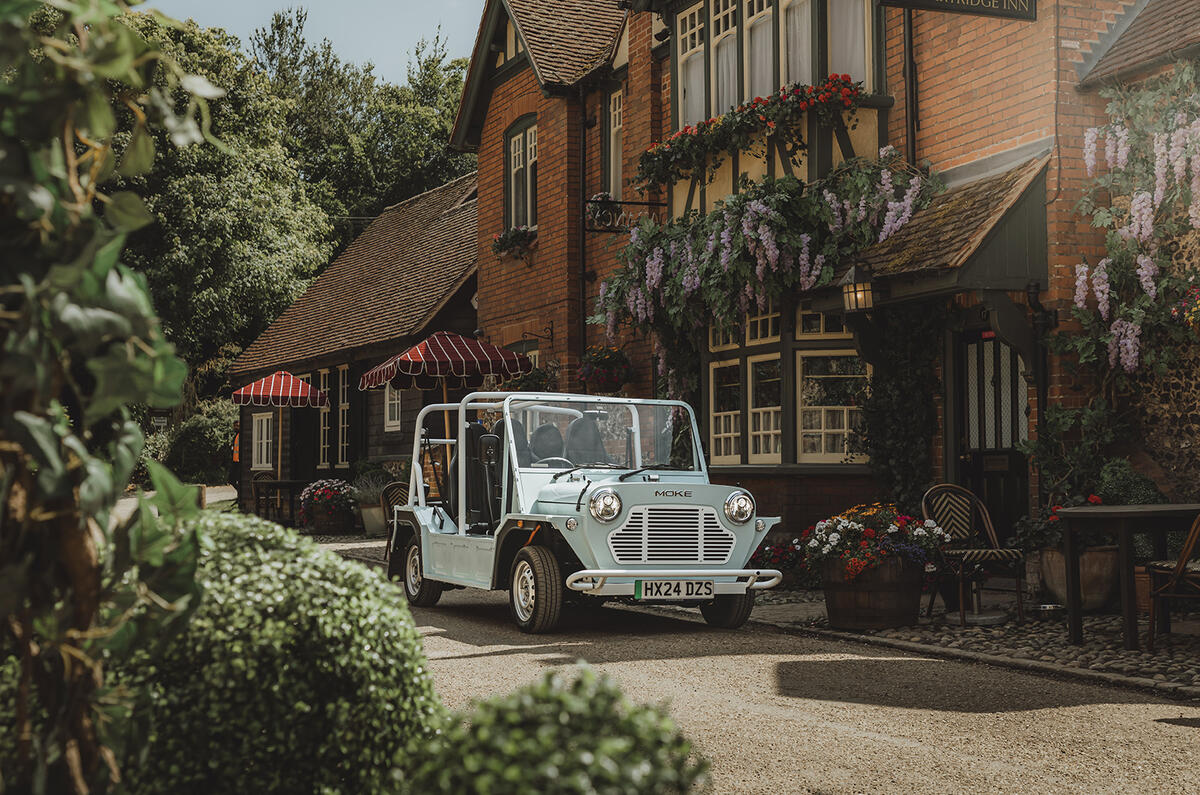

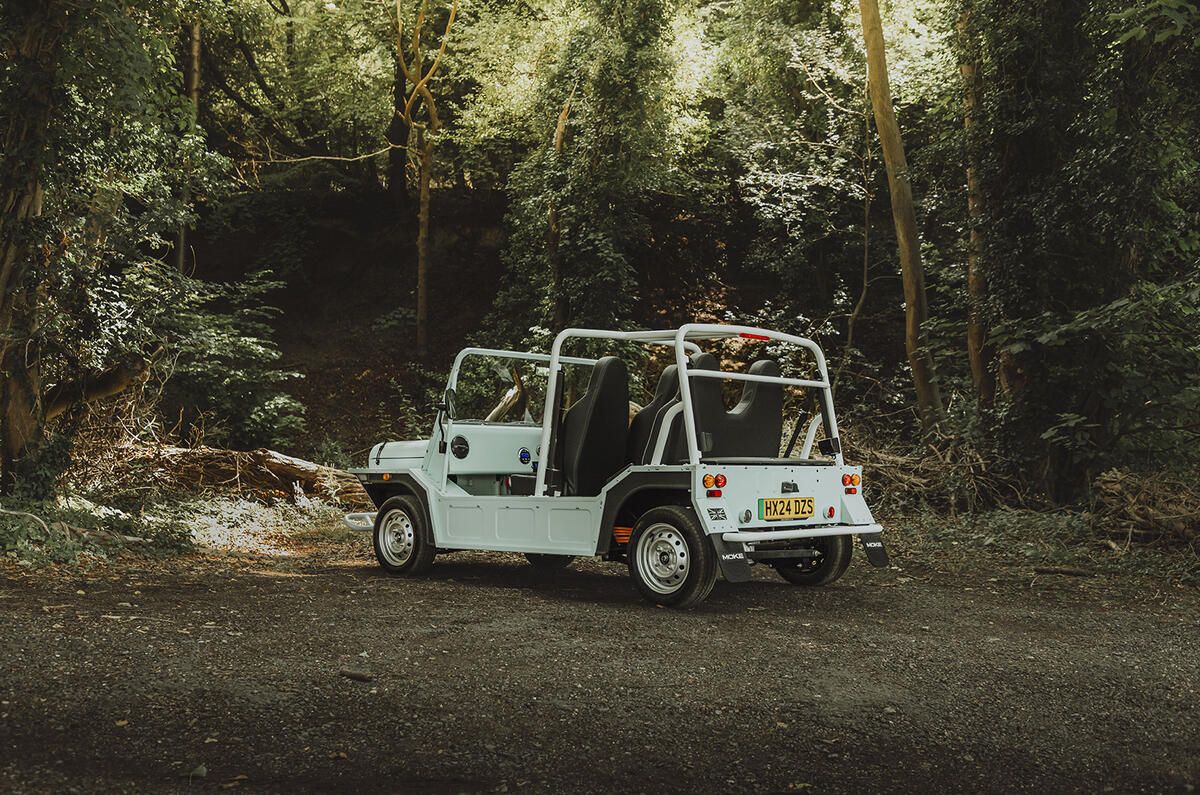
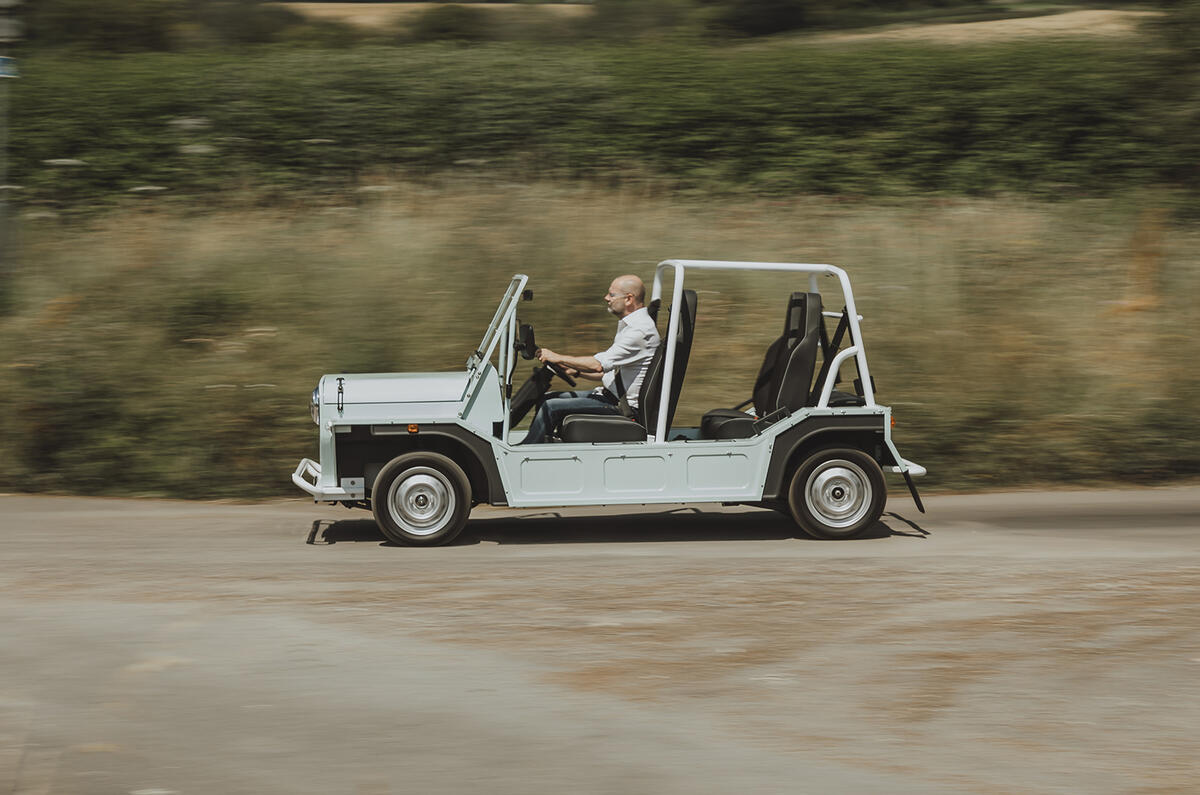

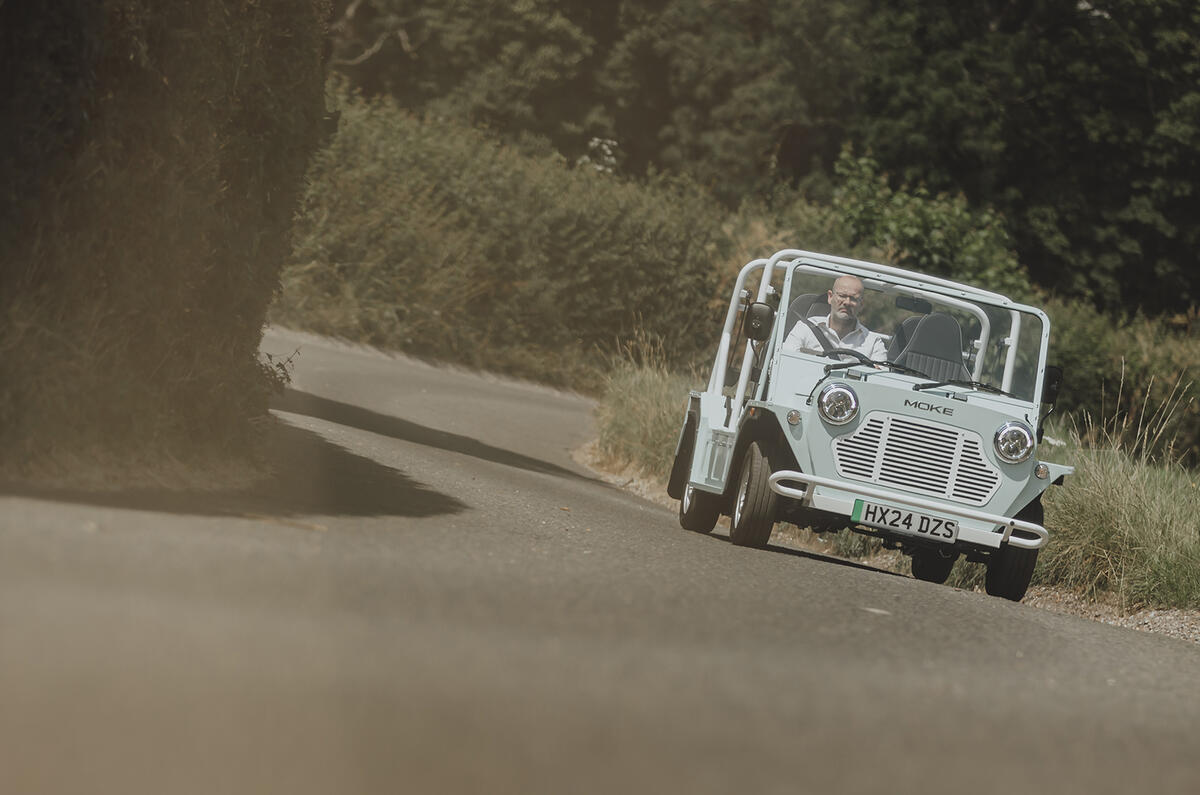

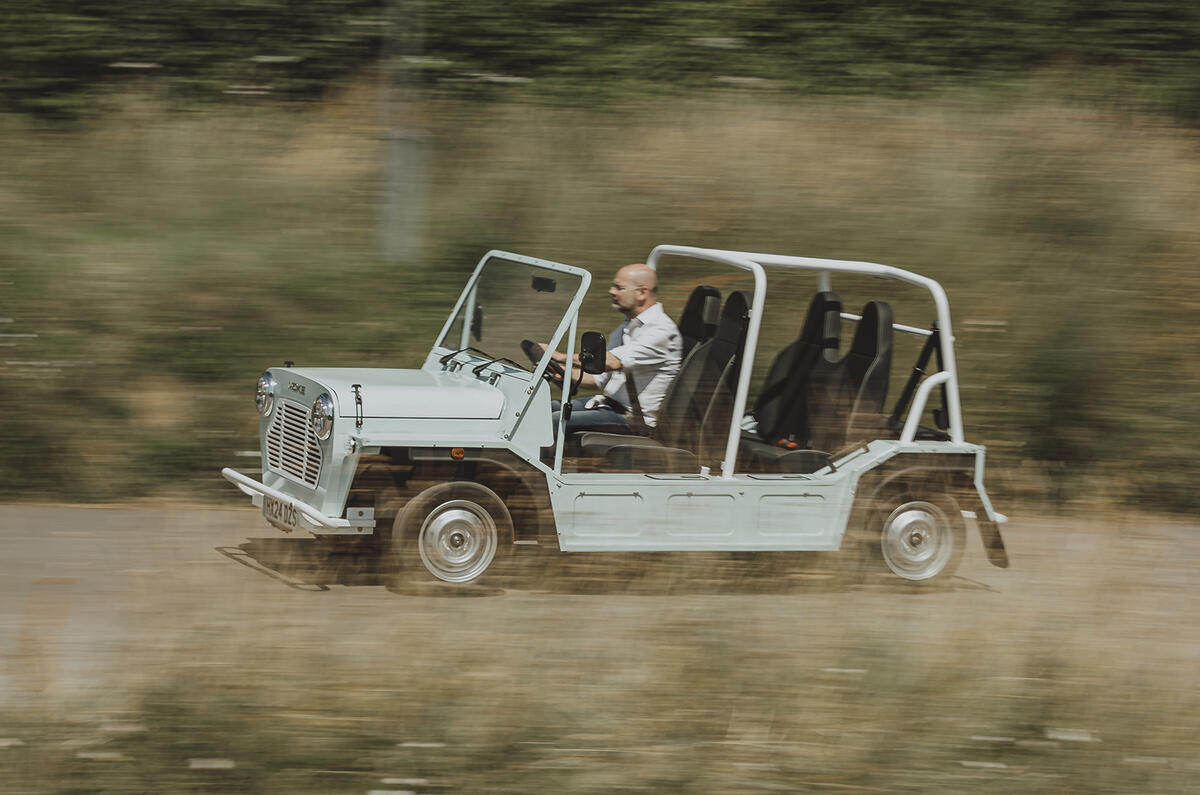


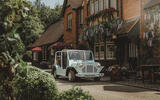
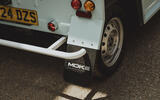

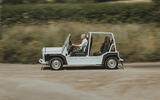
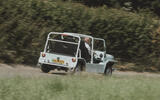
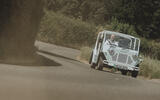

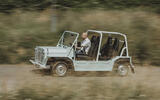











Join the debate
Add your comment
I love the look of the basic steel wheels, makes a lot of todays over complicated alloys look so contrived.
Another mag explained quite clearly why we can't call it a "Mini" Moke.
I was all in favour of this until I saw the price!